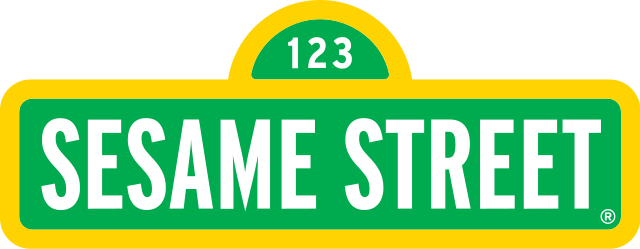Children's television series
television programs designed for, and marketed to children From Wikipedia, the free encyclopedia
Remove ads
Children's television series (also known as children's television programs outside North America, children's television programmes in the United Kingdom and Ireland, and children's television shows) are television programs designed for children, normally scheduled for broadcast during the morning and afternoon when children are awake. They can sometimes run during the early evening, allowing younger children to watch them after school. The purpose of these shows is mainly to entertain or educate. The children's series are in four categories: those aimed at infants and toddlers,[1] those aimed at those aged 6 to 11 years old, those for adolescents and those aimed at all children.[2]

Remove ads
History
Children's television is nearly as old as television itself.[3] The BBC's Children's Hour, broadcast in the UK in 1946, is generally credited with being the first TV programme specifically for children.[4]
Television for children tended to originate from similar programs on radio; the BBC's Children's Hour was launched in 1922,[5] and BBC School Radio began broadcasting in 1924. In the US in the early 1930s, adventure serials such as Little Orphan Annie began to emerge, becoming a staple of children's afternoon radio listening.[6]
Remove ads
References
Wikiwand - on
Seamless Wikipedia browsing. On steroids.
Remove ads
